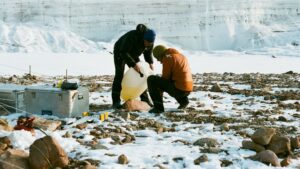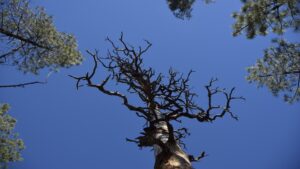Atmosphere – Cryosphere Interactions
Details
Full Title
Atmosphere-Cryosphere Interactions: Micrometeorological processes and their influences on the cryosphere
Suggested by
Marie Schroeder
The respective workshop calls for contributions regarding ...
- glaciology
- boundary layer meteorology over snow and ice
- energy and mass balance measurements and modeling
- atmosphere-cryosphere interactions
Keywords
glaciology, boundary layer, micrometeorology, mass balance, energy balance
Type
Sessions
Description
The interaction between the atmosphere and the cryosphere at micrometeorological scales is a key factor in understanding the large-scale changes occurring in snow and ice-covered regions. Micrometeorological processes in these environments are inherently complex, particularly in mountainous areas where terrain and atmospheric dynamics interact. These challenges are further complicated by the rapidly changing cryosphere, making accurate representation of such processes in models critical for understanding and predicting changes in surface energy balance.
This session focuses on the cryosphere-atmosphere dynamics, emphasizing the importance of observational methods and modeling techniques. We want to look at current approaches in measuring micrometeorological phenomena over snow and ice, including turbulent fluxes, radiative exchanges, and surface-atmosphere coupling. The session also explores recent progress and challenges in modeling the cryosphere, including point-scale and distributed energy and mass balance modeling, as well as atmospheric modeling approaches for the surface boundary layer over snow and ice. The session seeks to enhance process-level understanding and improve the predictive capacity of models under changing climatic conditions.
Format/Concept
The format of this session will be a classical presentation format with some discussion time. We invite contributions from measurement to modeling approaches and everything in between. Some relevant topics include the surface boundary layer above snow and ice, energy and mass balance, scaling point measurements to glacier-wide scales, meteorological downscaling over snow and ice, the glacier/snow microclimate representation in numerical weather models,…

